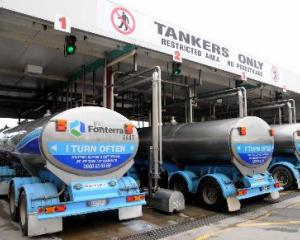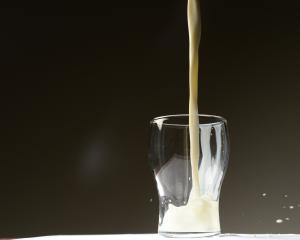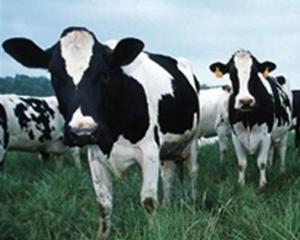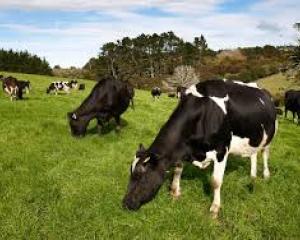
The figure, based on production slightly higher than last season's 1.286 billion kilograms of milksolids, will not only be a bonanza for dairy farmers, but means an injection of more than $10 billion into regional economies, including quake-hit Canterbury.
Fonterra chairman Sir Henry van der Heyden said the forecast was "good news for the New Zealand economy in the post-earthquake environment", as well as for some of farmers who had been coping with difficult weather conditions.
Fonterra today posted a profit of $293 million for the half year to January 31, saying strong international dairy markets meant it was shaping up as one of its best years in terms of returns to shareholders.
Fonterra confirmed its current forecast payout range for the 2011 season of $7.90-$8.00/kg milksolids (before retentions) to farmers, unchanged from the levels announced in late February.
Its 10,500 farmers were expected to each receive between $7.75/kg and $7.80/kg in cash from their milk payment, plus the co-operative's dividend, a payment per-share. Farmers are allowed to hold up a number of shares up to 120 percent of the number of kilograms of milksolids they supply, so the payout will be a combination of milkprice/kg and dividend/share.
"This forecast range means this year's payout may surpass Fonterra's previous record in 2008 of $7.90 (before retentions)," the company said. That season, farmers received $7.66/kg in cash.
The 2011 forecast is based on a milk price of $7.50/kg and a distributable profit (surplus) range of $550-$690 million, equivalent to 40c-50c a share, from which Fonterra plans to pay a dividend of 25c-30c a share.
Fonterra's net profit after tax for the first six months of the season, $293m, was equivalent to 21c a share. Because this was the first time Fonterra has reported a result for the half year, there was no comparison with the preceding year.
The company said overall production across the entire 2010/11 season was expected to be "broadly in line with, or slightly ahead of, last season".
Sir Henry said the high prices being fetched by dairy product in international commodity markets reflected a change in supply and demand for food internationally, with benefits from demand growth from China and other Asian markets, and tighter international supply due to adverse weather conditions in many countries.
"To date, these higher prices have more than offset the negative effects of a stronger New Zealand dollar against the US dollar, in which most international dairy sales are denominated," he said.
Fonterra chief executive Andrew Ferrier said the rising milk price was putting some pressure on operating earnings, because its plants manufacturing of ingredients and consumer goods effectively had to pay the market price for milk.
"This margin squeeze is particularly significant in our ingredients businesses where the cost of raw milk represents a substantial proportion of total operating costs," he said.
Fonterra expected financial losses from the Christchurch and Japanese earthquakes would be covered by insurance.






